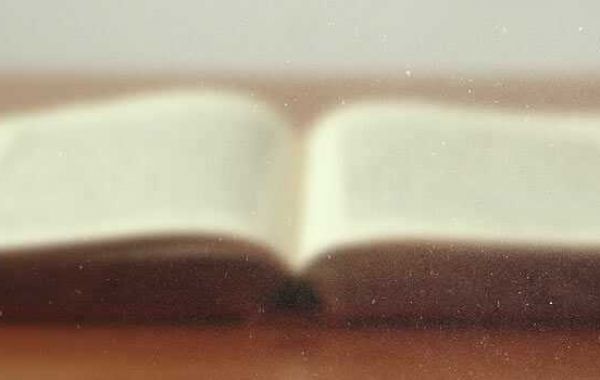CD Bioparticles, a leading manufacturer and supplier of numerous drug delivery products and services, announced the launch of its new 3D Cell Culture Substrate for tissue engineering scaffold research. The substrate is a biocompatible, three-dimensional matrix that allows researchers to develop more accurate models to study cell behavior, drug screening, and tissue engineering.
Three-dimensional (3D) cell culture substrates are specialized substances that provide a 3D environment for cells to grow and develop in the laboratory. These substrates mimic the intricate structure and function of human tissue, whereas traditional two-dimensional cell culture techniques use flat surfaces such as Petri dishes. This technology allows researchers to develop more accurate models for studying cell behavior, drug screening, and tissue engineering.
The use of 3D cell culture substrates is widespread and promising in many industries. In the drug discovery process, researchers can use these substrates to evaluate the efficacy and toxicity of new drugs in a more physiologically realistic environment. 3D cell culture substrates can also be used to study tissue development, cell migration, and interactions between different cells to better understand the causes of disease and tissue regeneration. These substrates also hold the promise of revolutionizing personalized medicine by developing patient-specific cells for tailored therapies.
CD Bioparticles manufactures and supplies various 3D cell culture matrices for tissue engineering scaffold research. For example, the Cell Culture Microspheres-PCL (Catalog: CDCCM10) is a nanofiber microsphere produced by combining biodegradable polymer materials with electrospinning and other micro- and nanoprocessing technologies. It integrates the functional advantages of both nanofibers and microspheres, with high porosity, high specific surface area, and excellent mechanical properties and injection characteristics. These microsphere products can mimic the nanofiber structure of natural extracellular matrix, promote the interaction between cells and matrix, and then promote cell adhesion, proliferation and differentiation. It can be widely used in cell culture, drug-controlled release, tissue engineering and other fields.
For drug release, researchers can disperse or adsorb drugs inside the nanofibers or in the pore structure of nanofiber microspheres to improve the solubility of insoluble drugs and protect the drug activity of growth factors, nucleic acids and other biological macromolecules. In addition, the microspheres can be delivered to the lesion site to achieve long-term sustained release or targeted release, which can greatly improve patient convenience and compliance.
The raw materials of CD Bioparticles are prepared by the unique HomoBlendTM technology, which has the advantages of strong safety, controllable performance, and no need for sterilization before use. Customers can also specify the raw materials provided by the suppliers or new materials synthesized by themselves, which will be prepared and molded by CD Bioparticles.
For more information on CD Bioparticles' new 3D Cell Culture Substrate, please visit https://www.cd-bioparticles.net/3d-cell-culture-substrate.
About CD Bioparticles
CD Bioparticles is an established drug delivery company that provides customized solutions for developing and manufacturing novel biocompatible drug delivery systems. It specializes in various formulation and drug delivery technologies, from conventional liposomes and PEGylated liposomes to polymer microspheres and nanoparticles for drug delivery. The company also provides contract research services for drug delivery formulation, formulation feasibility study, process development and scale-up, as well as analytical and non-clinical research services.







